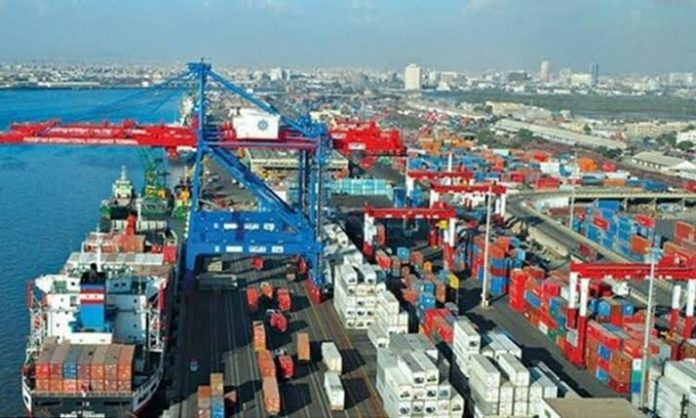Pakistan’s economic landscape has witnessed a substantial uptick in exports to the Middle East, with a remarkable surge of 28.98% amounting to $1.257 billion in the initial five months of the current fiscal year. This stands in stark contrast to the corresponding period last year, which recorded exports at $974.50 million. Notably, key players in the region, such as the United Arab Emirates (UAE), Saudi Arabia, and Kuwait, have experienced heightened demand for Pakistani products.
The surge in exports can be attributed to various factors, including the strategic diversification of export products. Among the notable items contributing to this increase are rice, bovine carcasses, and apparel. Pakistan’s prowess in producing and exporting these goods has played a pivotal role in capturing the attention of Middle Eastern markets. Rice, in particular, has been a traditional export strength for Pakistan, and its sustained demand has contributed significantly to the overall export growth.
A crucial development in this trajectory is the signing of a free trade agreement with the Gulf Cooperation Council (GCC) countries. This agreement is poised to act as a catalyst, providing a further boost to Pakistan’s exports to the region. As a result, in the fiscal year 2023, exports to key nations like Saudi Arabia and the UAE witnessed substantial increases of 13.1% and an impressive 33%, respectively. The diversification of trade relations and the elimination of trade barriers through such agreements are instrumental in fostering mutually beneficial economic ties.
Pakistan’s burgeoning export performance to the Middle East, coupled with the anticipated benefits from the free trade agreement with GCC countries, underscores the country’s adeptness in adapting to evolving global trade dynamics. The notable increase in exports to specific nations and the diversification of export products position Pakistan favorably in the competitive landscape of the Middle East, heralding positive economic prospects for the nation.


